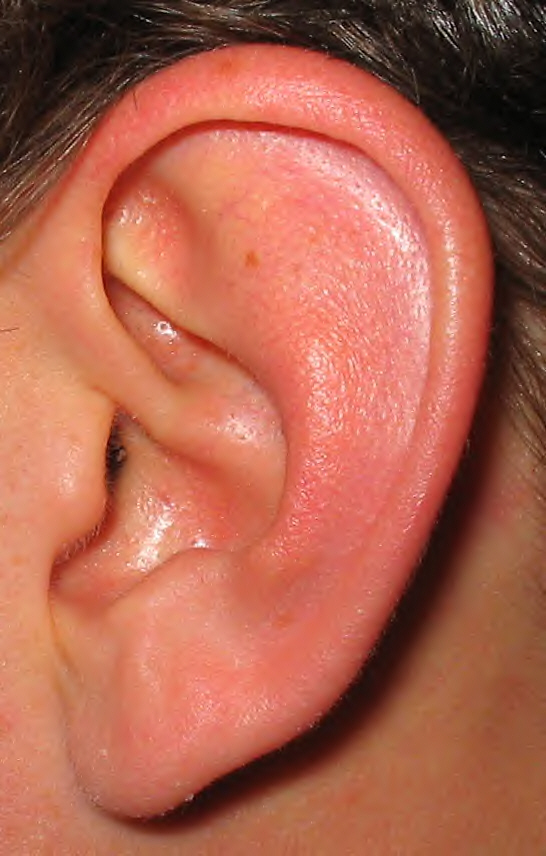FACIAL FLUSHING

Note whether she changes color while you are giving her my
message . . . --Don Quixote to Sancho Panza (Cervantes
1605:566)
A flush stole over Miss Sutherland's face,
and she picked nervously at the fringe of her jacket.
--Arthur Conan Doyle ("A Case of Identity")
The girl flushed. Her cheekbones stood out white in her face. --Raymond Chandler (The Big Sleep, 1939:139)
A couple of red spots the size of half dollars showed on his cheekbones. --Raymod Chandler (The Big Sleep)
Emotion
cue. Becoming red or rosy in the face
from physical exercise, embarrassment, shyness, anger, or shame.
Usage: Facial flushing or blushing is elicited by social
stimuli, e.g., as one a. becomes the focus of attention in a
group, b. is asked to speak in public, or c.
experiences stranger anxiety. Suddenly the face, ears, and neck
(and in extreme cases, the entire upper chest) redden, causing further
embarrassment still.
Anatomy. Blushing is caused by sudden
arousal of the sympathetic nervous system, which dilates the small
blood vessels of the face and body (see FIGHT-OR-FLIGHT).
Ethology. "Flushing,
contrary to popular belief, is never seen in a purely aggressive individual; it
is a sign of actual or possible defeat" (Brannigan and Humphries
1969:407).
Medicine. Some people blush uncontrollably in almost
any social situation, and suffer such embarrassment that they undergo surgery to
interrupt sympathetic nervous supply to their faces. In a thorascopic
sympathecotomy, an incision is made through the arm pit into the thoracic
cavity to sever a sympathetic nerve located close to the spine.
(N.B.: Embarrassing sweaty
palms may be controlled the same way.)
Protoblush. One of the first signs of anger, arousal, or embarrassment is an uncontrollable
reddening of the ears.
RESEARCH REPORTS: 1.
"In most cases the face, ears and neck are the sole parts which redden;
but many persons, whilst blushing intensely, feel that their whole bodies grow
hot and tingle . . ." (Darwin 1872:312). 2. The red
face (accompanied by overhand beating and screaming) has been observed in
nursery school children who were motivated to attack but did not actually do so
(i.e., they seemed "defeated"; Blurton Jones 1967:355). 3.
"[Michael] Lewis suggests that embarrassment is first seen between the ages of
two and two and a half" (Ekman 1998:311). 4. "There is general
agreement among contemporary researchers that attention to the self is the cause
of blushing" (Ekman 1998:324).
See also EYE-BLINK, FLASHBULB
EYES.
YouTube Video: Watch an example of a serious blushing problem, relieved by surgery (thorascopic sympathecotomy).
Copyright 1998 - 2016 (David B. Givens/Center for Nonverbal Studies)
Photo of reddened helix of an external ear flap (picture credit: unknown)
